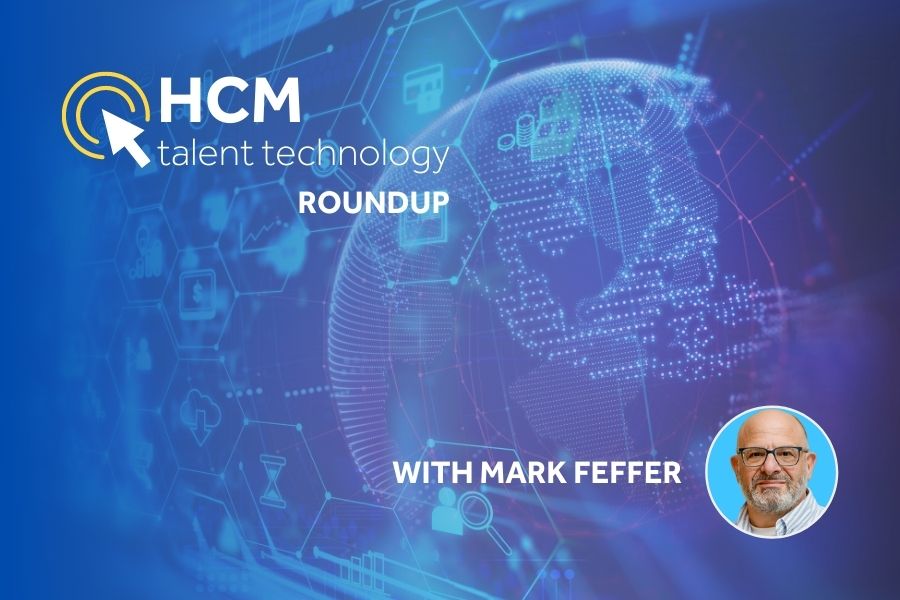Employees are less-than-thrilled with technology their organization provides for them to work with, a notable speed bump on the way to remote and hybrid work. Among the biggest challenges that need to be resolved: the attitude of the C-Suite.
Research by Ivanti, an automation platform, found that nearly half of all employees, 49%, are frustrated by the technology and tools their employer provides for them. Meanwhile, 64% believe interaction with technology has a direct impact on morale.
Ivanti also found that 26% of employees are considering quitting their jobs because of a lack of suitable technology. Some 42% have spent their own money to purchase better tech and 65% believe they’d be more productive if they had better technology to use.
Meanwhile, the C-Suite, IT and the workforce all have different – and often conflicting – views about the future of work and technology’s role in enabling hybrid work. Only 13% of today’s knowledge workers would rather work exclusively from the office, Ivanti said. However, 56% of c-level executives believe that employees must be in the office in order to be productive. At the same time, 74% of C-Suite executives say they’ve become more productive since the start of Covid-19, spotlighting a disconnect between what corporate leaders have experienced and what they believe employees need to do to be productive.
Productivity’s No. 1
Employee productivity, we should point out, is the C-Suite’s number one priority, with workplace culture and employee satisfaction falling further down the list. Some 62% of the C-Suite said they prioritize profitability over employee experience. This has wide-ranging ramifications. For example, as employee experience continues to drop further down the C-Suite agenda, IT leaders will deprioritize it on theirs. Only 21% of IT leaders consider the end user experience to be their main priority when selecting new tools.
That may be short-sighted. “Ensuring positive employee digital experiences is the new cornerstone of modern business IT management,” noted Steve Brasen, research director at Enterprise Management Associates. Improving workforce productivity helps attract and retain talent, accelerates business agility and competitiveness, reduces operational costs and drives organizational success and profitability, he said. “Understanding [digital employee experience] requirements is the key to adapting related technologies and practices that will support each organization’s unique environment.”
Although Innovation is “undeniably” the driving force behind the rise of hybrid work, many organizations still experience major challenges in its adoption. The top roadblocks reported by office workers include too many emails or chat messages (28%), a lack of connection to coworkers (27%) and software not working properly (23%). However, despite these challenges and executive skepticism, all groups believe they’re more productive when taking advantage of hybrid work.
That, Ivanti said, highlights the fact that it’s not so much the place of work that impacts productivity, but the experience people have when interacting with business technology. “How employees interact with technology and their satisfaction with that experience directly relates to the success and value they deliver to the organization,” said Ivanti CEO Jeff Abbott. “The digital employee experience should be a board-level priority.”
More Assets to Manage
The growing variety of devices and networks used by hybrid workers has greatly expanded the inventory of assets that IT teams need to manage, but 32% of IT professionals still use spreadsheets to tackle the job, and only 47% agree completely that their organization has full visibility into every device that attempts to access their network. In fact, one of the biggest challenges facing IT today is the need to enable a seamless end user experience while maintaining system security.
The challenge becomes more complex when the C-Suite pressures IT to bypass security measures. How big an issue is that? About 49% of C-level executives said they have requested to bypass one or more security measures in the last year.
“Maintaining a secure environment and focusing on the digital employee experience are two inseparable elements of any digital transformation,” said Abbott. “In the war for talent a key differentiator for organizations is providing an exceptional and secure digital experience. We believe that organizations not prioritizing how their employees experience technology is a contributing factor for the Great Resignation.”
In truth, Ivanti’s conclusions aren’t earth-shattering. Last year, WorkForce Software revealed dramatically different perspectives between employers and workers on the quality of employee experience during the pandemic. Across the board, WorkForce found significant gaps between what organizations believed they were providing and what employees actually experienced. That suggests employers haven’t been providing employees with the solutions needed to fully connect with the new world of work.
By Mark Feffer
Mark Feffer is executive editor of RecruitingDaily and the HCM Technology Report. He’s written for TechTarget, HR Magazine, SHRM, Dice Insights, TLNT.com and TalentCulture, as well as Dow Jones, Bloomberg and Staffing Industry Analysts. He likes schnauzers, sailing and Kentucky-distilled beverages.
Recruit Smarter
Weekly news and industry insights delivered straight to your inbox.





Discussion
Please log in to post comments.
Login